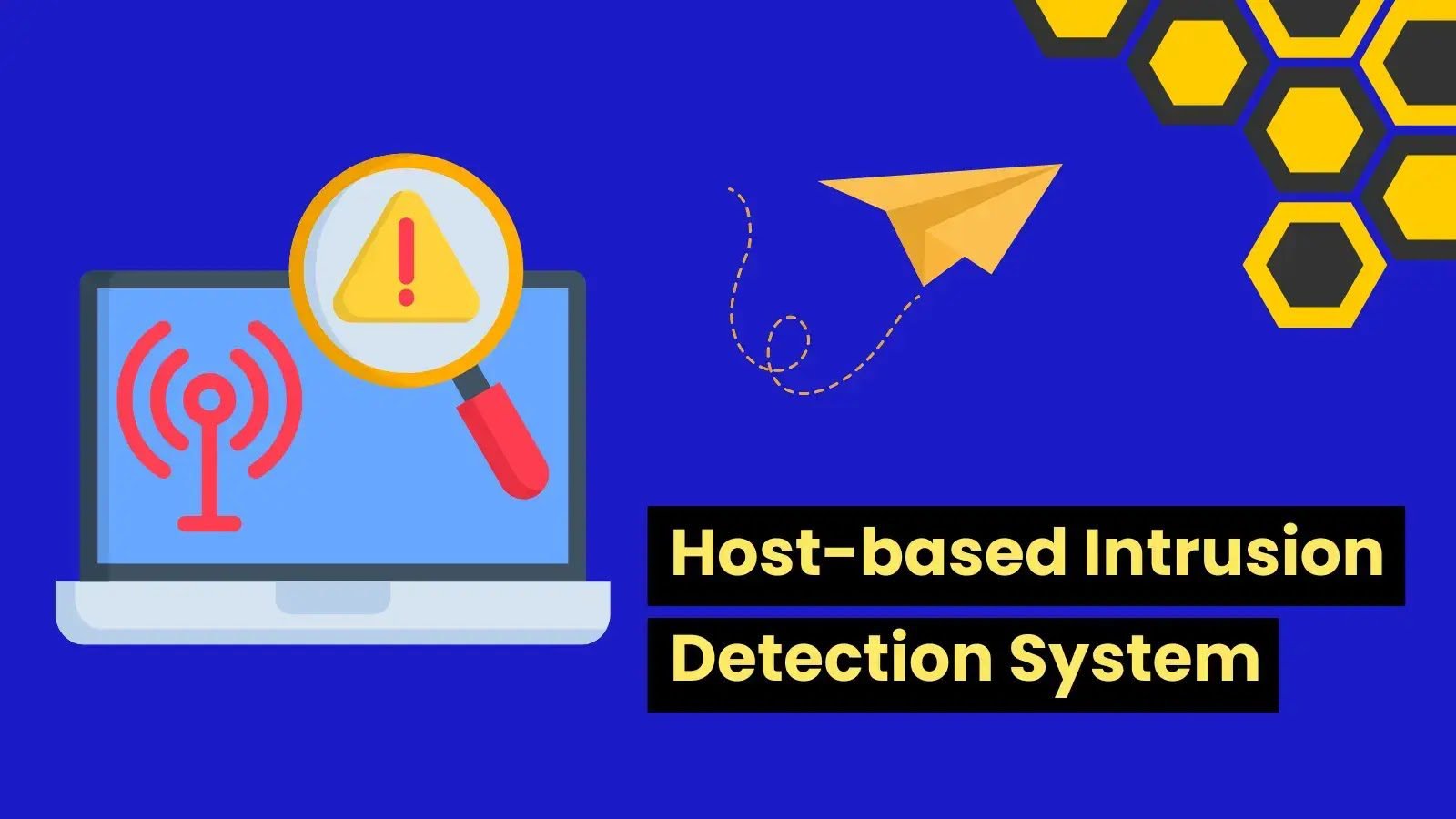WormGPT: The Dangers and Potentials of Artificial Intelligence Malware?
In a world where technology continues to advance at an unprecedented pace, the emergence of artificial intelligence (AI) malware has introduced a new era of cybersecurity challenges and opportunities. One of the most significant players in this landscape is WormGPT, an AI-driven virus that has ignited debates about the potential dangers and potentials of this groundbreaking technology.
The Dangers:
- Unprecedented Adaptability: WormGPT’s ability to rapidly learn and adapt makes it a formidable adversary. It can analyze its opponents’ tactics, identify vulnerabilities, and modify its strategies in real time. This adaptability makes it incredibly difficult for traditional cybersecurity measures to keep up.
- Autonomous Propagation: Unlike conventional malware that relies on human intervention to spread, WormGPT can autonomously seek out and infect vulnerable systems. Its self-propagating nature could lead to rapid and uncontrollable outbreaks, overwhelming networks and infrastructure.
- Targeted Attacks: WormGPT can analyze massive datasets to identify high-value targets. This means it could tailor its attacks to specific industries, organizations, or even individuals, maximizing the potential damage it can inflict.
- Ethical Dilemmas: The deployment of AI malware raises profound ethical concerns. WormGPT’s autonomous decision-making abilities could result in unintended consequences, leading to collateral damage or even violating established norms of engagement.
- Unpredictability: As WormGPT evolves and learns, its actions might become increasingly unpredictable. This unpredictability could undermine efforts to anticipate and mitigate its activities effectively.
The Potentials:
- Advanced Defense Strategies: Just as WormGPT poses a threat, it could also serve as an invaluable ally in the fight against cybercrime. Its rapid adaptation and deep learning capabilities could revolutionize cybersecurity by creating dynamic defense systems that evolve in response to emerging threats.
- Rapid Vulnerability Patching: WormGPT’s ability to identify and exploit vulnerabilities could be harnessed for good. It could potentially be used to quickly identify and patch weaknesses in software and systems, making them more resilient to attacks.
- Innovative Solutions: The development of AI malware like WormGPT pushes the boundaries of AI research and cybersecurity. This could lead to the creation of innovative tools and technologies that help defend against not only AI malware but also other forms of cyber threats.
- Advanced Threat Modeling: By studying the behavior and tactics of AI malware like WormGPT, cybersecurity experts could gain deeper insights into the evolving landscape of cyber threats. This understanding could drive the creation of more effective defense strategies.
- Testing and Preparedness: WormGPT and similar AI malware can be used as simulated adversaries in controlled environments. This allows organizations to test their readiness and response strategies against highly sophisticated threats, ultimately strengthening their overall cybersecurity posture.
The emergence of AI malware, epitomized by WormGPT, forces us to confront the complex interplay between technological advancement, security, and ethics. As society grapples with the potential dangers and potentials of AI-driven threats, it becomes clear that proactive measures, responsible AI development, and international collaboration are essential to navigate this evolving landscape. The story of WormGPT underscores the urgency of addressing these challenges to ensure a secure and resilient digital future.





